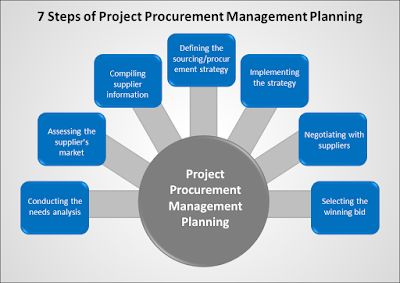Procurement management is the process of acquiring goods, services, and works from an external source for the benefit of an organization. It involves the identification of a need, selection of a supplier, negotiation of terms and conditions, and monitoring of the delivery of goods or services. The goal of procurement management is to ensure that an organization obtains the goods and services it needs at the best possible price, quality, and delivery time.
The Basics of Procurement Management
Procurement management is an important part of any business. It involves the identification of a need, selection of a supplier, negotiation of terms and conditions, and monitoring of the delivery of goods or services. It is important to understand the basics of procurement management in order to ensure that an organization is able to acquire goods and services at the best possible price, quality, and delivery time.
The Benefits of Procurement Management
Procurement management helps an organization to save money and time, as well as ensuring that the quality of goods and services is maintained. It also helps to reduce the risk of fraud and corruption, as well as providing visibility into the procurement process. Additionally, it can help to improve customer service, as well as increase the efficiency of the supply chain.
The Steps of Procurement Management
Procurement management involves a number of steps, including the identification of a need, selection of a supplier, negotiation of terms and conditions, and monitoring of the delivery of goods or services. It is important to understand the steps of procurement management in order to ensure that an organization is able to acquire goods and services at the best possible price, quality, and delivery time.
The Challenges of Procurement Management
Procurement management can be a complex and time-consuming process. It can be difficult to identify the best supplier for a particular need, as well as to negotiate the best terms and conditions. Additionally, there is often a need to manage a number of different suppliers at once, which can be challenging.
The Tools of Procurement Management
There are a number of tools that can be used to help with procurement management. These include online procurement platforms, which allow for the efficient management of suppliers, as well as software solutions that can help to automate the process. Additionally, there are a number of different strategies that can be used to ensure that an organization is able to acquire goods and services at the best possible price, quality, and delivery time.
The Regulations of Procurement Management
Procurement management is subject to a number of regulations, both at the national and international level. It is important to understand the applicable regulations in order to ensure that an organization is able to acquire goods and services in a compliant manner.
You might find these FREE courses useful
- Top Program Procurement Planning With Clickup
- Top Global Public Procurement Courses
- Top Procurement Courses – Learn Procurement Online
- Top Procurement Basics Courses
- Procurement Basics
- Strategic Procurement and Sourcing Conclusions
The Future of Procurement Management
The future of procurement management is likely to involve the increased use of technology, such as artificial intelligence and machine learning. This will allow for the automation of many of the processes involved in procurement management, as well as providing insights into the best suppliers and terms and conditions. Additionally, blockchain technology is likely to be used to help ensure that the process is secure and transparent,the goal of procurement management is to ensure that an organization obtains the goods and services it needs at the best possible price, quality, and delivery time.
